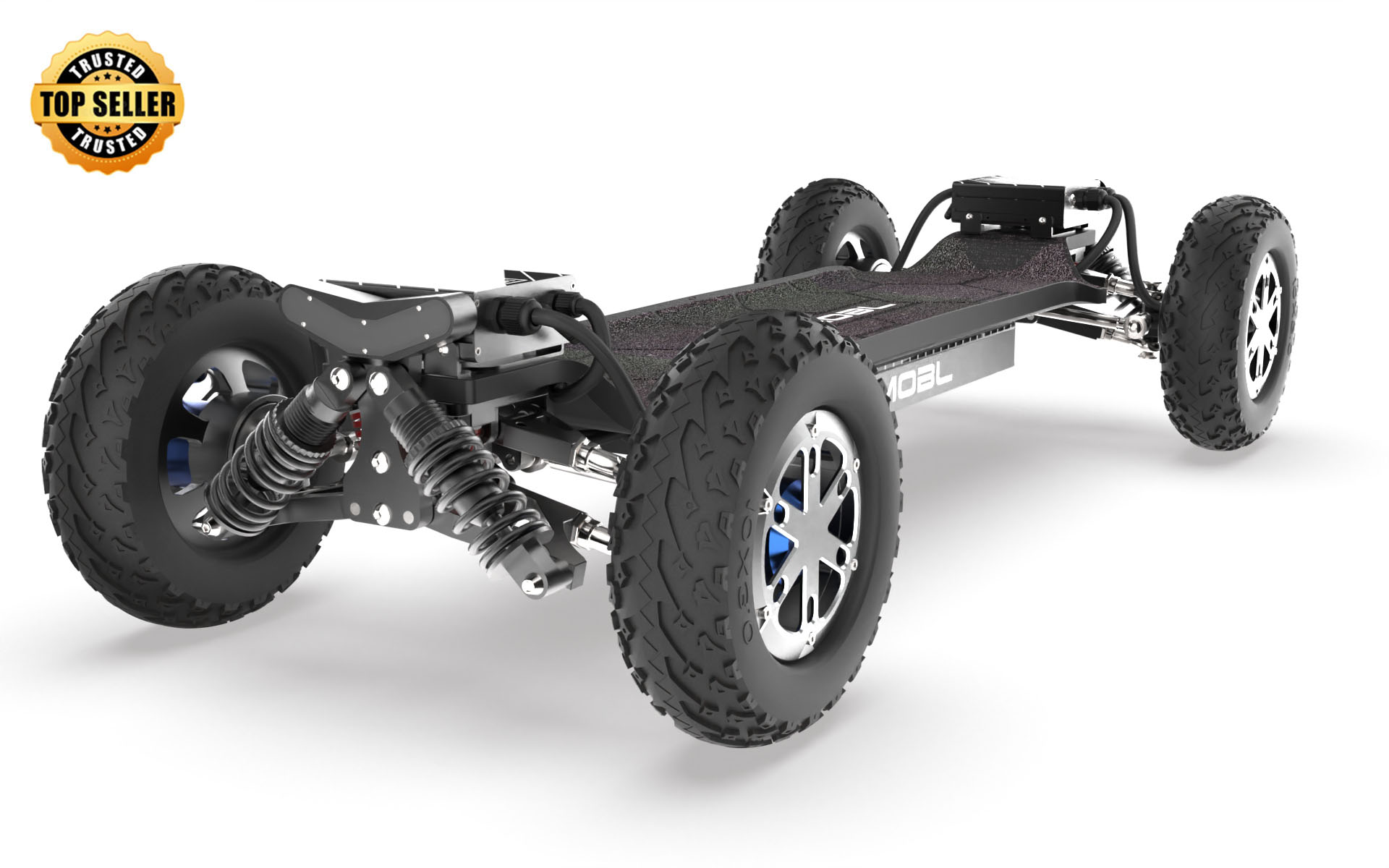Unleash Your Inner Adventurer: Discover the Thrills of Electric Skateboarding!
Electric skateboarding has surged in popularity, transforming the way we think about commuting and recreation. These innovative boards combine the traditional thrill of skating with modern technology, offering an exhilarating experience that appeals to adventurers and everyday commuters alike. Imagine gliding effortlessly through city streets or carving through scenic parks, all while enjoying the breeze on your face and the freedom of movement beneath your feet. This article aims to guide potential buyers in navigating the exciting world of electric skateboards, helping them choose the right board tailored to their unique needs and lifestyle.

Understanding Electric Skateboards
Electric skateboards are a modern twist on the classic skateboard, incorporating an electric motor, a rechargeable battery, and advanced controls that set them apart. Unlike traditional skateboards that rely solely on human power, electric skateboards offer a boost that enables riders to travel greater distances at higher speeds with minimal effort. The core components that define an electric skateboard include the motor, which provides propulsion; the battery, which powers the motor; and a remote control or mobile app that allows riders to adjust speed and braking. Understanding these components is essential for making an informed purchase, as they greatly influence the performance and enjoyment of the ride.
Benefits of Electric Skateboarding
The advantages of electric skateboarding are numerous, making it an appealing choice for various users. Firstly, the ease of use is a major selling point; simply hop on, press the remote, and you’re off! This accessibility makes it suitable for beginners and seasoned riders alike. Secondly, electric skateboards can reach impressive speeds, often exceeding 20 miles per hour, allowing riders to cover longer distances faster than they could on foot or traditional boards. Additionally, they offer versatility—ideal for commuting to work, running errands, or simply enjoying a weekend adventure. Picture this: a friend of mine once decided to ditch the bus in favor of an electric skateboard for his daily commute. Not only did he save time, but he also found himself looking forward to the ride each day, discovering new routes and enjoying the fresh air.
Key Features to Consider When Buying an Electric Skateboard
When selecting the perfect electric skateboard, several key features are crucial to ensure it meets your needs. Motor power is paramount; stronger motors provide better acceleration and hill-climbing capabilities. Battery life is another significant factor—look for boards with longer-lasting batteries to avoid interruptions during rides. Weight capacity is also essential; choose a board that can safely hold your weight plus any additional gear. Finally, build quality cannot be overlooked; a durable skateboard will withstand the rigors of daily use. Assessing these features based on your lifestyle is vital. For instance, if you plan to use your skateboard for commuting, prioritize battery life and weight capacity, while recreational riders might focus more on speed and maneuverability.
Safety Features
Safety should always be a top priority when it comes to electric skateboarding. Essential safety features include reliable brakes, bright lights for visibility in low-light conditions, and stability features that enhance control. Additionally, it’s crucial to invest in safety gear such as helmets, knee pads, and elbow pads to protect yourself while riding. A personal story comes to mind: a friend of mine had a nasty fall due to a lack of protective gear. Thankfully, she was only bruised, but it served as a stark reminder of the importance of safety while enjoying this thrilling sport.
Choosing the Right Electric Skateboard for Your Adventure
Choosing the right electric skateboard involves considering your lifestyle, riding style, and intended use. For beginners, it’s wise to start with a board that offers a stable ride and user-friendly controls. More experienced riders may prefer boards with enhanced speed and performance features. Additionally, think about where you’ll be riding—urban environments might require a board with good maneuverability, while those looking to ride off-road should opt for a board designed for rough terrains. As you weigh your options, keep in mind that the right skateboard can open up a whole new world of adventure, making every ride an exhilarating experience.
Embrace the Joy of Electric Skateboarding
In summary, electric skateboarding offers a unique blend of excitement and practicality, making it a fantastic option for both adventurers and everyday users. By understanding the key components, benefits, and safety features, you are better equipped to choose the right electric skateboard for your needs. Whether you seek a thrilling ride through the city or a leisurely glide through the park, an electric skateboard can be your ticket to a new kind of freedom. So, take the plunge, do your research, and embark on your electric skateboarding journey; adventure awaits!






تعليقات